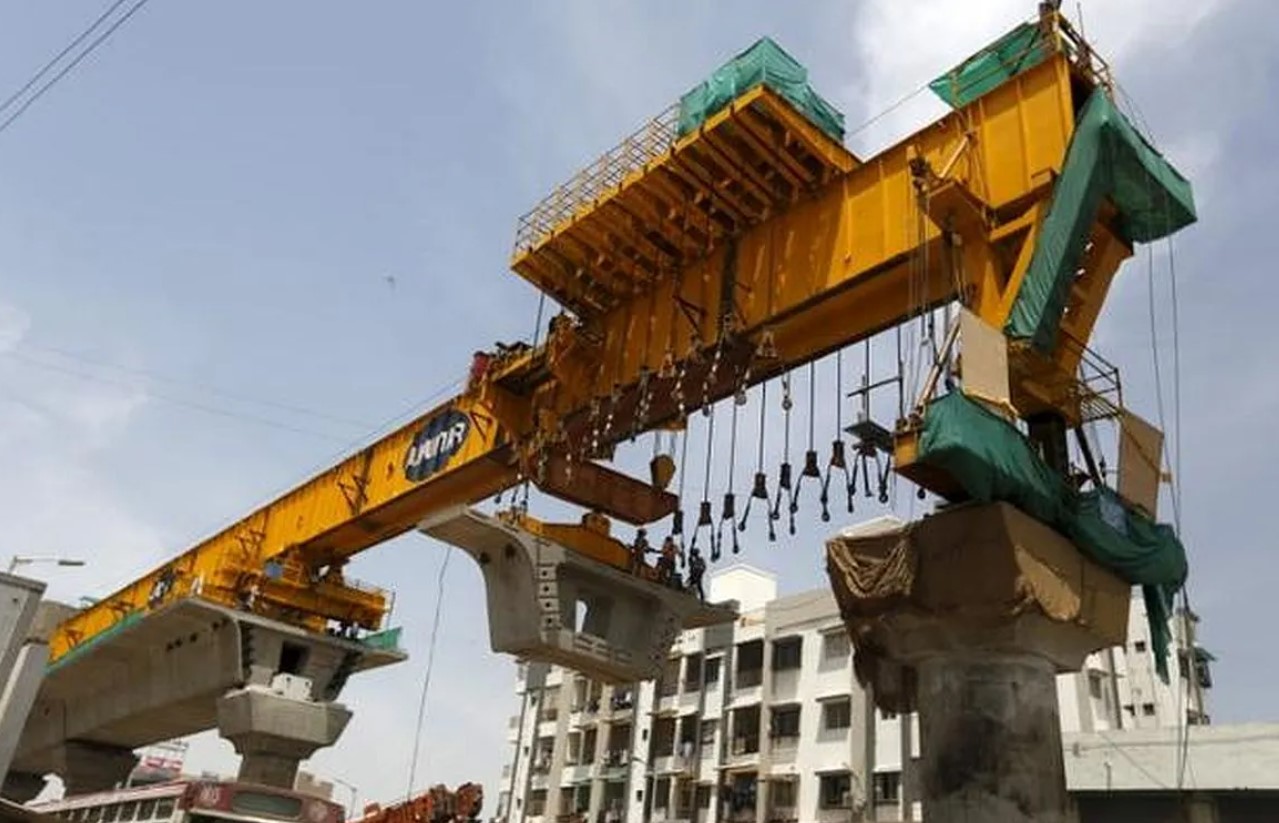Patel Engineering opened the new financial year on a strong note, posting a 48% jump in net profit for the June quarter as project execution held firm and costs stayed in check.
Profit Up, Margins Under Pressure
The company’s profit climbed to ₹81 crore from ₹55 crore a year earlier, boosted by steady progress across key contracts and sector momentum in infrastructure.
Revenue grew 12% year-on-year to ₹1,233 crore, but operating profitability eased. EBITDA slipped to ₹165 crore from ₹169 crore, with the operating margin narrowing to 13.4% from 15.3%.
A slight dip in margins suggests that while volumes are growing, cost pressures — possibly from input prices and contract timing — are nibbling at profitability.

Debt Reduction Strengthens Balance Sheet
Patel shaved off a chunk of debt during the quarter. Total borrowings fell to ₹1,527 crore at June-end, down from ₹1,603 crore in March.
Lower debt not only means less interest burden but also signals stronger cash flow from operations.
For an engineering contractor in a capex-heavy business, that’s a reassuring sign for investors and lenders alike.
Fresh Orders Boost Long-Term Visibility
The quarter saw a healthy ₹2,250 crore worth of new orders locked in, spanning multiple infrastructure segments. Key wins included:
-
₹1,319 crore urban infrastructure project from CIDCO
-
₹711 crore hydro power project from NEEPCO
-
₹958 crore irrigation contract from MKVDC, with Patel’s share at ₹192 crore
Right after the quarter closed, Patel added a ₹240 crore hydro power deal from NHPC, further swelling its order pipeline.
Big Order Book Keeps Growth Story Intact
Managing Director Kavita Shirvaikar described the quarter’s performance as a mix of “efficient execution” and “steady growth.”
She noted that Patel’s order book touched ₹16,285 crore at the end of June. That’s enough work in hand to keep teams busy for the foreseeable future.
“Our track record of delivering over 350 projects, including several marquee ones, has really strengthened our execution capabilities,” Shirvaikar said.
EPS Growth Signals Shareholder Gains
CFO Rahul Agrawal pointed out that earnings per share improved to 0.92 from 0.65 in the year-ago period.
The improvement highlights disciplined capital use and a leaner debt profile, which could allow the company to capture more projects without stretching finances.
For a sector where execution speed and financial health often decide contract awards, Patel’s numbers offer a competitive edge heading into the rest of FY26.
































